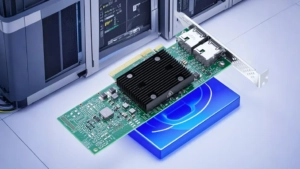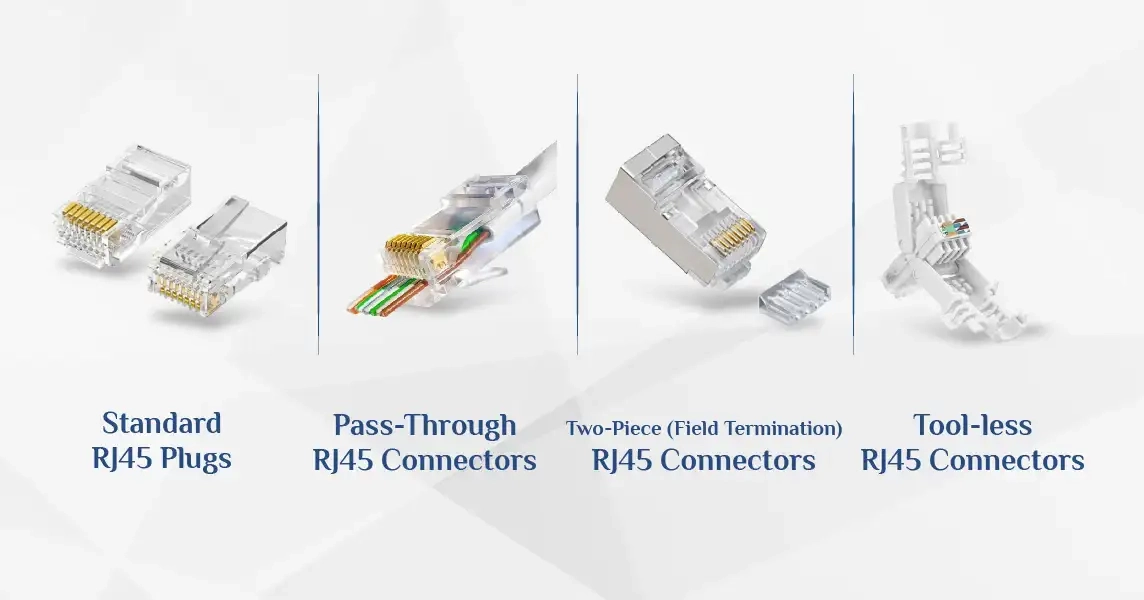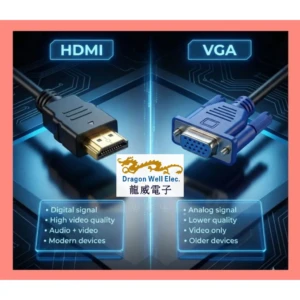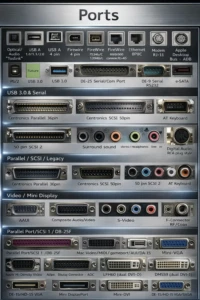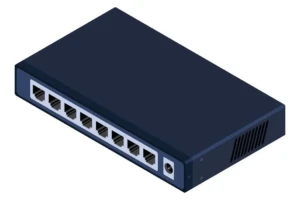Invisible Accuracy: Master the perfectly connected SMT pin header installation
In the world of high-performance electronics, whether it is the circuit board of a limited edition luxury smartwatch, customized automotive control systems, or aerospace instruments, the integrity of all kinds of connections. SMT (surface mount technology) pin headers look like modest components, but their role is critical. Poorly installed headers can damage the entire component, turning the masterpiece of the engineering into an expensive failure. For innovators who demand perfection, understanding the nuances of SMT PIN head installation is not only technical, but also an art.
At Dragon Well Electronics, we have perfected the art for decades, working with pioneers who refuse to compromise. This is a way to achieve an impeccable device that combines scientific rigor with practical technology.
1. Preinstallation: The foundation for success
Component selection
Not all SMT pin headers are equal. Luxury and mission-critical applications need:
- Material integrity: High temperature thermoplastic or LCP (liquid crystal polymer) shell that resists warping during reflow.
- Plating accuracy: The pink contacts are corrosion-resistant and optimal welding, which are critical to life in humid environments (e.g., luxury yachts, wearable technology).
- Alignment function: Finding titles with built-in alignment nails or notches is crucial for fine designs where even 0.1mm shifts can lead to misalignment.
PCB design precautions
- Pad geometry: Datasheet matching pad size with title. Extra large mats risk welding bridges; undersized mats weaken joint strength.
- Heat relief: Use a spoke-shaped hot relief pad to balance the heat distribution during welding to prevent the tombstone (one end is lifted due to heating imbalance).
2. Solder paste application: Perfect invisible layer
Solder is the unsung hero of the SMT conference. For needles:
- Template thickness: Select a 100–150µm template to achieve a paste volume to ensure no overflow of stronger joints.
- Paste type: Select a lead-free paste containing type 4 powder (20–38 µm particle size) for use in fine nodding. Their lower viscosity reduces recession and remains defined.
- examine: Use laser to cut the template and verify coverage through the SPI (Solder Paste Inspection) system. Even smaller voids or uneven deposition can lead to intermittent connections later.
3. Position: Microns are important
Automatic pickup machines dominate production, but manual prototypes require equal accuracy:
- Visually assisted alignment: For pitch below 1.27 mm, use a microscope or digital alignment tool. The individual human eyes cannot reliably align the 0.5mm nail head.
- Tweezers technology: Use vacuum tweezers with non-critical tips to avoid scratching the gold-plated contacts. Apply a gentle downward pressure to ensure complete contact with the paste.
- Anti-static measures: Ground your workspace. Even static discharge of microscopes can reduce sensitive head contacts.
4. Reflow welding: Master the hot dance
Reflow profiles create or disconnect the SMT joint. The mistakes here are irreversible:
- Contour stage:
- Preheat (1–3°C/sec): Gradually activate the flux and evaporate the solvent.
- Soak (60-120 seconds): Stabilize component and PCB temperature.
- Reflux peak (235–245°C without lead): Maintain over the liquid (217°C) for 45-60 seconds – long enough for proper wetting, but short to avoid component damage.
- Cooling (maximum 4°C/sec): Rapid cooling strengthens joints; slower interest rates risk grain deformation.
- Board of Directors Support: Use fixtures to prevent bend larger boards during heating, which may miss the head.
For prompts: For hybrid technology boards (SMT+through holes), install the header after the Wave solder to avoid exposing the plastic shell to long heat.
5. After the backflow check: Beyond the naked eye
There are no opportunities in luxury and key industries:
- Automated optical inspection (AOI): Detect the welding bridge, misaligned or insufficient small rounded corners.
- X-ray examination: For hidden joints (e.g. under the shield), X-rays reveal gaps or cracks outside.
- Pull test: Apply 5-10N force to verify joint strength – standard for automotive grade components.
6. Troubleshooting: Solve the invisible
Even experts face challenges. How elite manufacturers respond:
- tombstone: Caused by heating of uneven mats. Redesign the pads for symmetrical, balanced paste volumes or use slower preheating.
- Cold joints: Dull, granular solder indicates poor wetting. Use add flux or check for the reflux of the paste expiration date.
- Solder ball: Caused by excessive paste or rapid heating. Adjust the template holes or extend the soaking time.
Why is it important to work with a master’s degree
At Dragon Well Electronics, our 18 years of expertise ensures that each SMT pin title meets stringent standards before reaching your bench. Our R&D team has developed the following innovative titles:
- Double row automatic alignment design: Anti-error position in super dense PCB.
- Low-space welding tail finish: Achieving <5% voids in joints - critical to aviation-grade reliability.
- Global support: Real-time technical guidance and same-day shipping of our seven warehouses eliminate downtime.
Final Thought: Precision as Philosophy
Installing SMT pin headers is not only a task, but also a commitment to excellence. In a world where the difference between “functionality” and “immance” defines luxury and innovation, every micron, every hot profile, and every inspection ceremony are important. Whether you are creating a limited-run audio system for identification collectors or satellite subsystems, remember: perfection lies in stealth details.
At Dragon Well, we offer more than just components – our engineers trust. Because in high-risk electronic products, there is no room for compromise.

